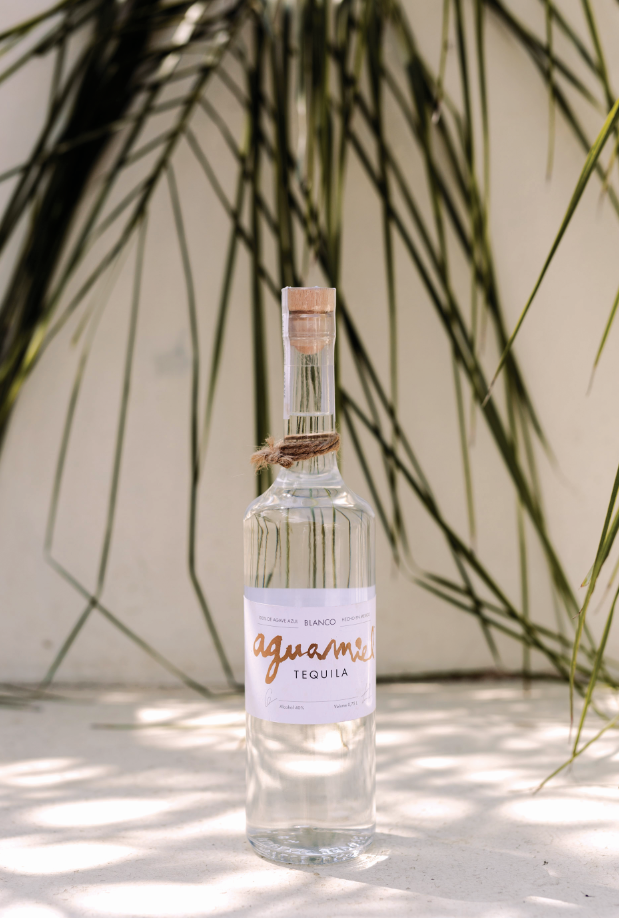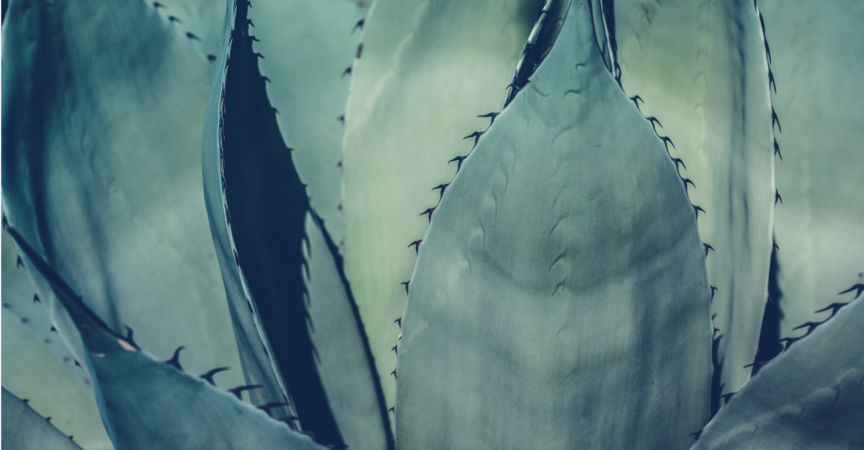Tequila Takeover: How Canadian Owned Tequila Is Earning Its Place on Every Back Bar
Like many of us, Eric Brass at one time treated tequila as a “close your eyes, plug your nose and hope for the best” experience. But that all changed after he went to Mexico on an exchange semester in 2005 and tried good tequila for the first time.
“I thought ‘this is incredible.’ It was like a cognac or a fine wine or scotch,” Brass recalls. The experience stuck with him as he returned to Canada and discovered a gap in the market between cheap, low-quality tequila and high-end varieties favoured by celebrities and bottle service seekers. Brass filled that gap in 2012 by launching Tequila Tromba—a premium craft canadian owned tequila that offers finer nuances of taste and flavour without the exorbitant price tag.
While Brass is Tromba’s CEO and founder, he relies on some pretty skilled folks down south to create his product. By chance, while on exchange, Brass befriended Rodrigo Cedano who is the son of Marco Cedano—the original master distiller for one of tequila’s biggest names: Don Julio. Brass appealed to the elder Cedano, who was ready to shift gears. He agreed to hop on board with two conditions. The first: Cedano needed to be a partner in the business. And the second: “no gringos in the kitchen,” Brass recalls with a laugh. Brass didn’t hesitate to oblige and still relinquishes all control of production to the Cedanos, who rely on deep connections in and knowledge of the tequila-making process to make Tromba what it is.
One of the most important relationships that the elder Cedano has formed is with the region’s jimadors—harvesters skilled at identifying agave plants ready to pick. Only blue agave plants grown in the province of Jalisco are used for making tequila. These succulents will grow for seven to 10 years before they’ve matured and the nectar becomes sweet and flavourful enough to produce a quality tequila. The region in which agave is grown also affects the flavour of the tequila—some being sweeter while others with a minerality and vegetal quality if grown in volcanic regions.
Following centuries-old traditions that are still heavily regulated by the Mexican government, jimadors precisely hand-cut leaves from the agave plant to release and uproot the plant’s bulb, called the piña. It weighs an average of 35 kilograms or about 77 pounds and the jimadors transport them to the factory by horse or donkey.
The piñas are then quartered and slow-cooked in a traditional brick oven at around 100 degrees Celsius for over 40 hours, depending on the recipe. This helps flavours mature and brings out the sweetness of the agave. Once cooking is complete, the agave is crushed to extract its sweet juices and a yeast is added to ferment the liquid. Once fermentation is complete (which takes up to four days), the liquid is then distilled twice (although some makers will distill up to four times) and bottled to create a “blanco” tequila. The tequila can also be aged in stainless steel or oak barrels to further develop flavour and complexity, creating a “reposado” (aged up to one year), “añejo” (aged two to three years) or “extra añejo” (aged over three years) tequila.
Another important classification to note is “mixtos” tequila. These cheaper, lower quality tequilas are made of only 51 per cent agave, while the other 49 per cent is comprised of sugar, corn syrup or caramel, resulting in that harsh, unpalatable flavour that necessitates shooting down and chasing with a squeeze of lime.
But Jay MacRaild, general manager of Calgary’s Añejo Restaurant and now the Añejo Group’s director of operations, has seen an enormous transition in his customers’ attitudes towards tequila since Añejo opened in 2012. “The tequila industry has made, and is making, a huge transition, from something people threw up on at college parties, to a premium spirit that deserves its place on every decent back bar in the world,” says MacRaild.
For those still recovering from their “mixtos” days, MacRaild suggests sipping a 100 per cent agave tequila neat at room temperature. “There is a large range of flavour and nuance to tequila and it can’t be appreciated if you overload your senses by shooting it,” he says.
For those ready to go deeper into the tequila journey with equally deep pockets to match, Añejo stocks a handful of extremely high-end tequilas that cost over $100 an ounce. These are all “extra añejo” tequilas that have been aged for at least three years. The most expensive on the list is Patrón en Lalique, ringing in at a whopping $1,200 an ounce. The bottle, handmade by French crystal makers Lalique, certainly contributes to the tequila’s high cost, but so does the formulation; a blend of Patron’s oldest and rarest tequilas (some aged in barrels for up to seven years) to offer nuances of vanilla, pecans and caramel.
Thankfully, premium tequila like Brass’s Tromba remains at an affordable price ($9 an ounce at Añejo or about $50 retail per bottle). But that could soon change if free trade between Mexico and Canada under NAFTA falls apart.
Torontonian Craig Shaw, who founded Aguamiel Tequila this year is hopeful that trade relations will remain open. “Premium tequila is at such a high price today that if there are any more tariffs or taxes added onto that product, the prices are going to go through the roof,” says Shaw. “We’re already having a hard-enough time trying to compete with the vodkas and gins out there that are made within the province.”
The tariffs could potentially put a damper on a healthy, vibrant craft tequila scene that’s been steadily growing in Canada. The Liquor Control Board of Ontario reported that tequila sales grew 12.7 per cent from 2016 to 2017, ahead of gin (11.9 per cent growth) and whisky (6.8 per cent), reflecting consumers’ “premiumization” of tequila, trading up from cheap mixtos to 100 per cent agave varieties.
Bars and restaurants have undoubtedly been pivotal in fueling this trend. Aguamiel’s Shaw has partnered with restaurants that are creating dishes to pair with and play on certain notes in his tequila. Mixologists are increasingly incorporating tequila into their cocktail menus in what Tromba’s Eric Brass calls a “tequila takeover.” Classic cocktails like a Negroni, for example, might be made with tequila in place of gin or a Caesar with tequila instead of vodka. Brass, who built his brand by appealing to bartenders and bar owners, is grateful for the support of mixologists who have sung the praises of finer tequilas to their customers, busting myths and misconceptions along the way.
“Bar owners and bartenders are at the forefront of educating their consumers.”
 Canadian owned tequilas
Canadian owned tequilas
Looking to dive deeper into premium tequilas? Try one of these Canadian-owned varieties.
- TROMBA
Launched: 2012
Founder: Eric Brass
Products available: Blanco, Reposado, Añejo
Blanco tasting notes: caramelized agave, pineapple, pressed agave fibre, bread, white pepper
- SIEMPRE
Launched: 2017
Founders: Alex Lacroix and Monica Sanita
Tasting notes: spice, herb, pepper, brine/sea salt and citrus with candied, floral notes and hints of caramel and sweet fruit
- AGUAMIEL
Launched: 2018
Founder: Craig Shaw
Tasting notes: black pepper, vanilla bean, grilled pineapple, lemongrass, green vegetables










Believe it or not, but Canadian Tequila is becoming really popular all over the world. I have seen a great demand for Canadian Tequila in Europe so that says something about it.